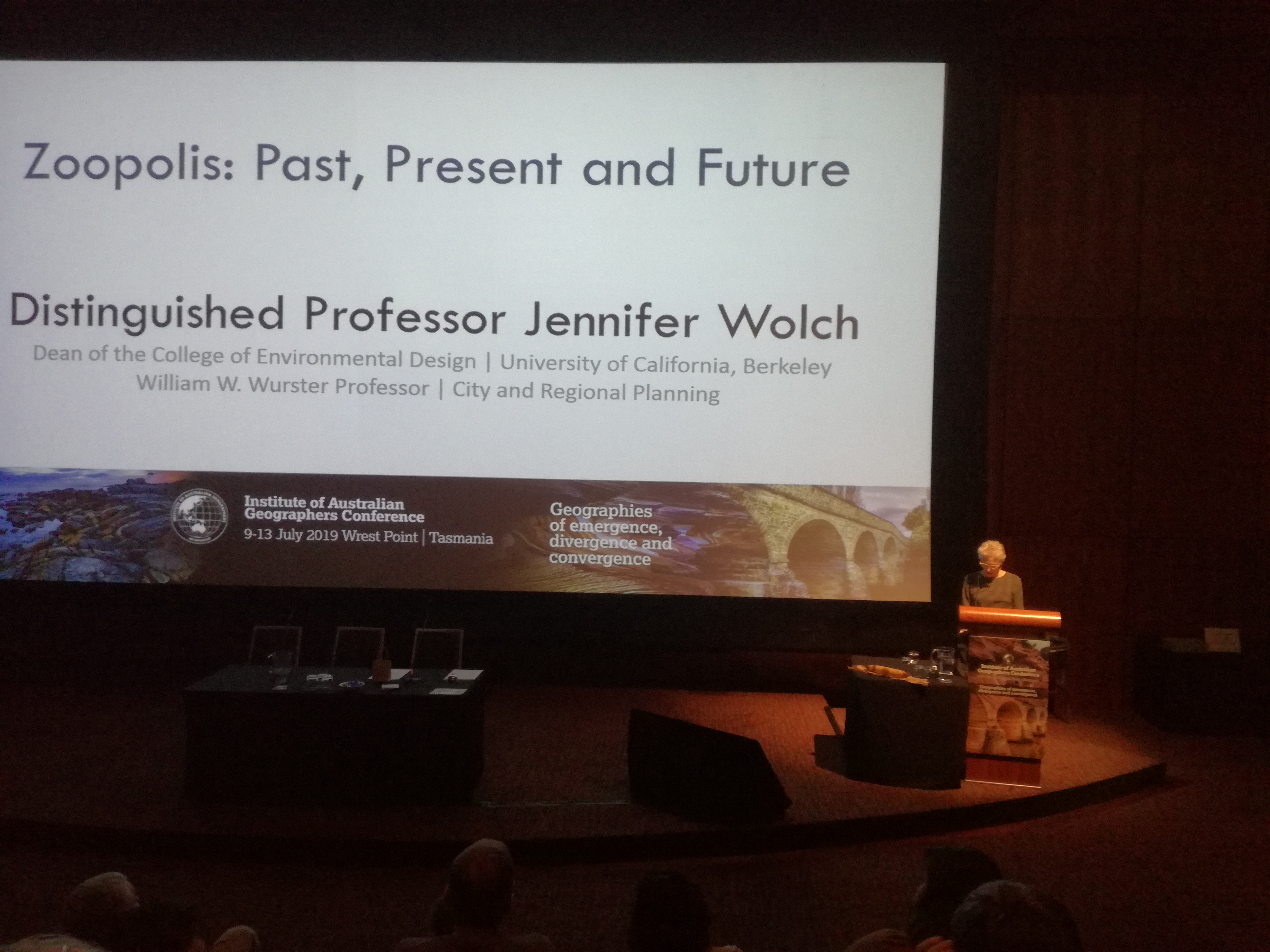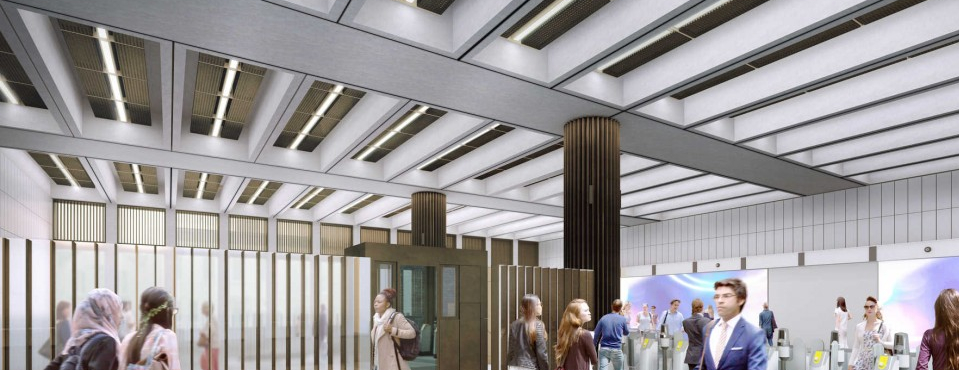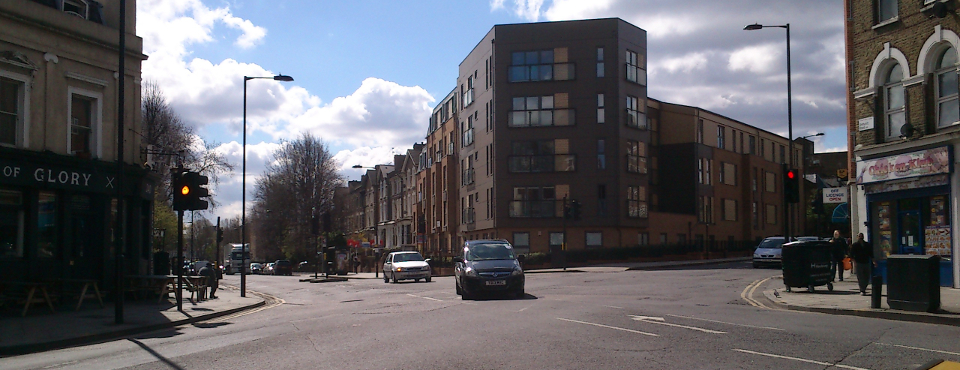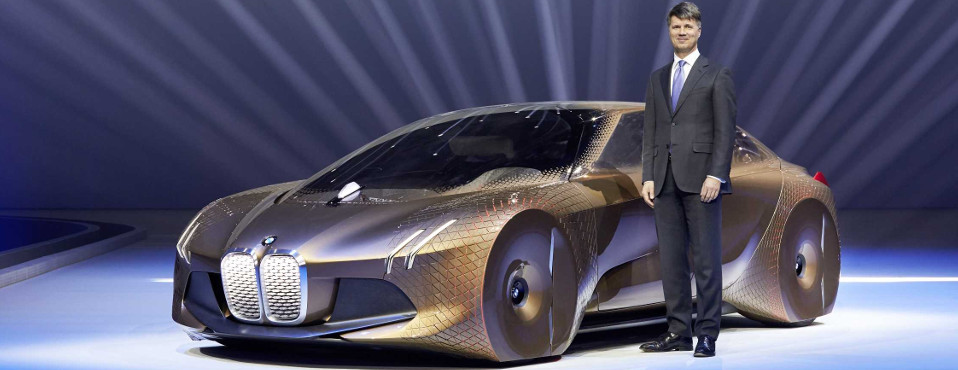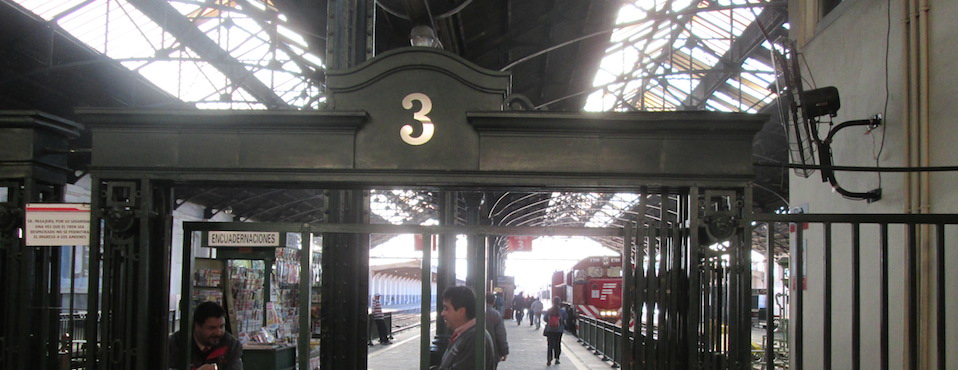This post is also available in: French
New Zealand’s first ever emissions reduction plan is open for consultation until 24th November . The full ERP Discussion Document is here. I checked the transport section, looking at how it stacks up against IPCC recommendations. And there’s a pretty major gap. A short overview below,…
Continue reading →
Auckland, 6 June 2020 Tena koutou katoa, Thank you for the opportunity to provide views on the Emergency Budget. The emergency is real. The emergency is finding a “new normal” that harnesses the knowledge we gained during the crisis, when we paused and were able…
Continue reading →
This year’s conference of the Institute of Australian Geographers (IAG) ended a few days ago, and has been great escape for me, in many ways – the ethics, the location, the intellectual challenge, the people and the fantastic organisation. I would first like to thank the IAG for…
Continue reading →
I recently came back from a study trip in Vancouver, Seattle, Portland and San Francisco. I visited these cities because they are all dealing with challenges that are top on the list in New Zealand as in many other places – accommodating growth through intensification,…
Continue reading →
Le Crossrail sera un élément majeur du système de transports londonien probablement pour le prochain siècle et plus (la ligne traversera la ville d’Est en Ouest, en souterrain, en connectant des tronçons existants des deux côtés et en offrant un accès direct au centre depuis…
Continue reading →
On Sunday I had a nice walk through Hackney, enjoying the sun and some really nice and pleasant urban surroundings. But I had in mind the collisions and fatalities I had read about (4.092 collisions in the five years to December 2012 resulting in 623…
Continue reading →
BMW fête ses 100 ans et montre sa vision pour les 100 prochaines, qui a été relayée avec pas mal d’enthousiasme par les médias technophiles. L’entreprise a travaillé sur un scénario attractif (“a scenario people would engage with”), avec comme idée de base que le…
Continue reading →
The self-driving cars programming needs to anticipate “all” the cases of figure, or most of them, including those we would prefer not thinking of. For instance: on the highway, having to decide between colliding with a wrecked vehicle, with possibly someone inside, or its passengers…
Continue reading →
C’est de nouveau possible de faire Buenos Aires – Cordoba en train! Avec classe mais aussi un peu d’enthousiasme: 21h de trajet, contre 9 à 11 pour le bus (et environ 7h pour la voiture). Avec classe, parce que wagons modernes, couchettes en compartiments par…
Continue reading →
Le Institute for Quality Comunities de l’Université d’Oklahoma a montré à travers des photos aériennes avant-après l’impact énorme de la voiture sur le développement de quelques villes du Midwest américain. Le changement de structure et de tissu urbain est immédiatement perceptible – les anciens quartiers…
Continue reading →


